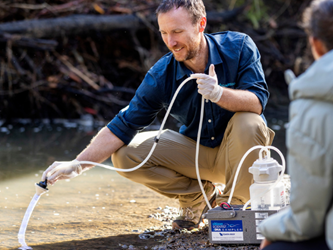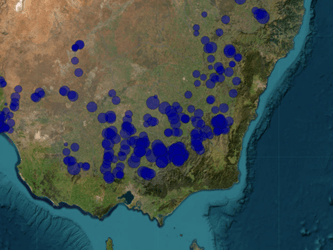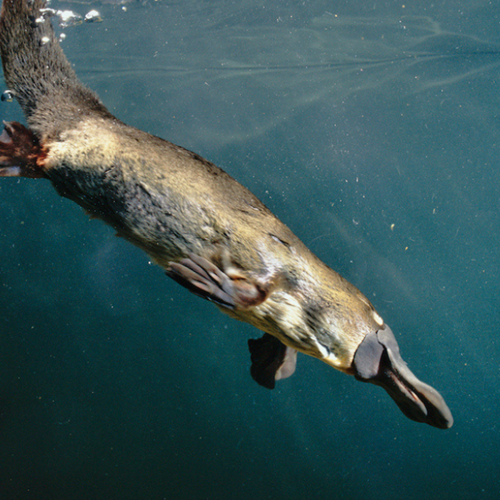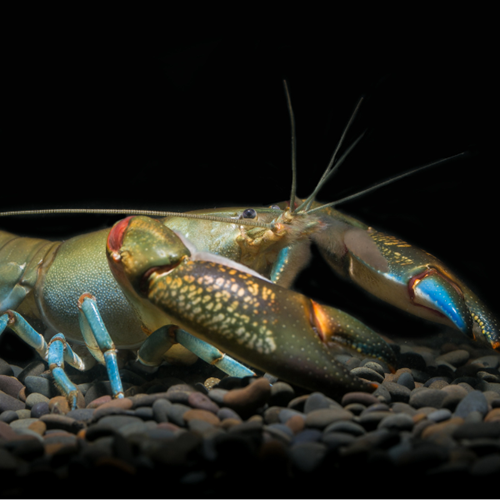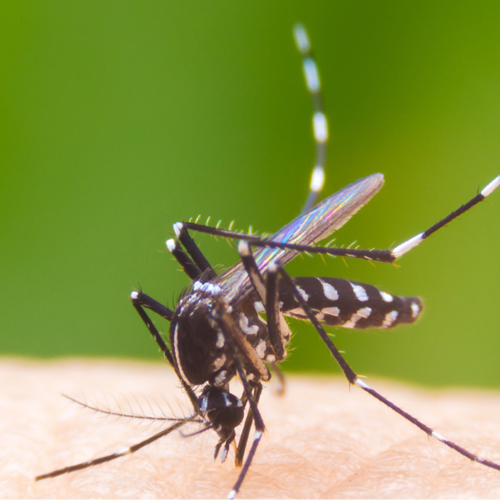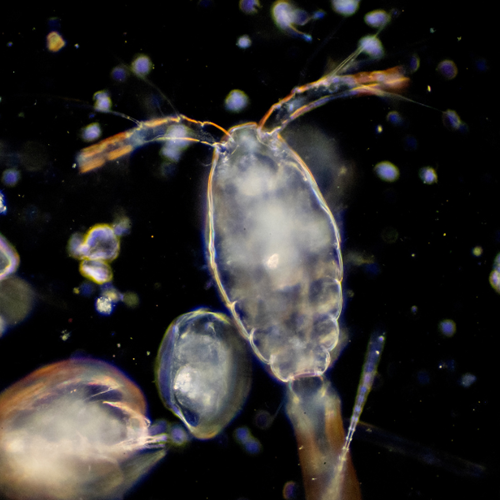eDNA species detection is an efficient, non-invasive way to monitor wildlife. By analysing environmental samples like water or soil, you can efficiently detect and track species presence. This method eliminates direct observation of key species or time-intensive fieldwork. We provide you with rapid insights to enable informed environmental decision-making.
How you can use eDNA
-
Efficiently detect and map rare species, suitable for elusive or threatened wildlife.
-
Get fast, reliable insights to support invasive species and biosecurity management.
-
Undertake cost-effective distribution mapping to unlock insights into species presence at landscape scale.
-
Enable data-driven conservation efforts with enhanced intelligence on threatened species.
Detecting a target species is simple and faster with eDNA.
Explore our target species assays
We analyse eDNA samples to detect the presence of specific species using targeted qPCR assays. Explore our library of assays developed for past client projects—or get in touch to chat about designing a custom test for your next survey.
Target
Survey target species
- Project design
- eDNA kits & training
- qPCR analysis
- Species detection report
- Advisory support
Screen
Map groups of species
- Project design
- eDNA kits & training
- DNA metabarcoding analysis
- Report & data explorer
- Advisory support
Atlas
Monitor full biodiversity
- Project design
- eDNA kits & training
- DNA metabarcoding analysis
- Report & data explorer
- Advisory support


